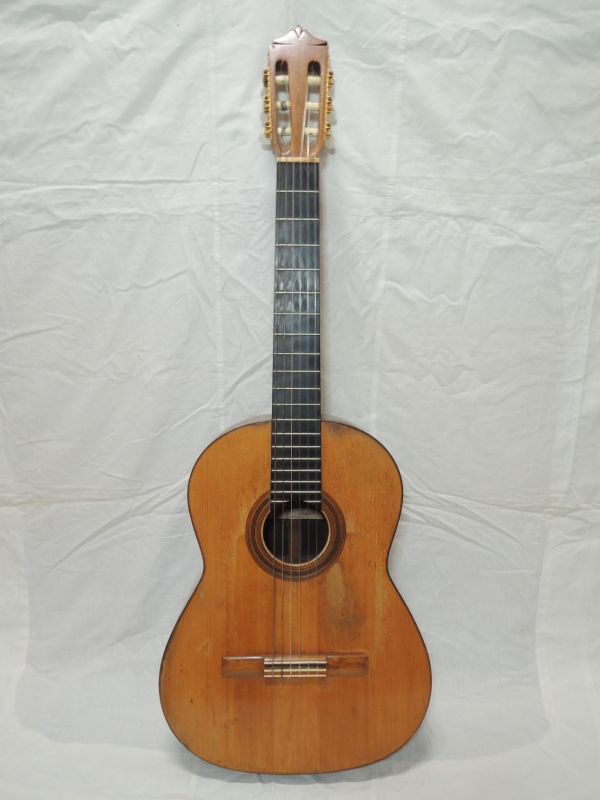-
シーンから探す
- ブランド別
- 家庭用ゲーム本体
- その他
- ブランドアクセサリー
- ハンドバッグ
- レコード
- 美術品
- 工具、DIY用品
- ロングコート
- テント/タープ
- ゲームソフト/ゲーム機本体
- ネックレス
- その他
- 自転車、サイクリング
- その他
- ブーツ
- テレビゲーム
- バッグ
- ぬいぐるみ
- その他
- カメラ、光学機器
- スカジャン
- 貨幣
- 懐中時計
- ブランド腕時計
- その他
- ニット/セーター
- 雑貨
- 遊戯王
- 女性和服、着物
- フィッシング
- ロングコート
- ヘルメット/シールド
- ブランド腕時計
- タイヤ、ホイール
- パーツ
- ギター
- その他
- ダウンジャケット
- キャラクターグッズ
- カメラ、光学機器
- フィッシング
- 工具/メンテナンス
- アート、エンターテインメント
- ワークパンツ/カーゴパンツ
-
贈る相手から探す
- ノートパソコン
- 旧貨幣/金貨/銀貨/記念硬貨
- トレンチコート
- コミック/アニメ
- 農業
- ゲーム
- その他
- メンズシューズ
- Gジャン/デニムジャケット
- 着物
- テーラードジャケット
- マフラー・排気系
- 冷暖房、空調
- タイヤ、ホイール
- ロングワンピース
- ステンカラーコート
- 趣味/スポーツ/実用
- おもちゃ/人形
- 着物
- トレーニング用品
- 農業
- ハンドバッグ
- 個人装備
- 鹿児島県の家電
- 工具、DIY用品
- リング
- 内装品、シート
- ゲーム
- 観葉植物
- 自転車、サイクリング
- ダウンジャケット
- キャラクターグッズ
- ベルト
- 工芸品
- ロングワンピース
- オートバイ車体
- フィギュア
- 調理機器
- キャラクターグッズ
- バイクウエア/装備
- 農業
- ライダースジャケット
- 鍵盤楽器
- 自転車、サイクリング
- フィッシング
- リュック/バックパック
- ハンドバッグ
- トレーディングカード
- 福岡県のスポーツ
- 自動車パーツ
- メンズアクセサリー
-
カテゴリから探す
- 筆記具
- デスクトップパソコン
- その他
- 中古車・新車
- リュック/バックパック
- ミュージシャン
- その他
- 農業
- ベッド
- 美術品
- 楽器、器材
- ぬいぐるみ
- アウトドアウエア
- オートバイ
- ハンドクラフト、手工芸
- スニーカー
- 米、穀類、シリアル
- オーディオ機器
- レザージャケット
- ホンダ
- コスプレ衣装
- キャラクターグッズ
- PC周辺機器
- 自動車
- 東京都のその他
- 腕時計(アナログ)
- DVDプレーヤー
- OA機器
- 時計
- ぬいぐるみ
- レディースアクセサリー
- 絵画/タペストリ
- ハンドバッグ
- その他
- 美術品
- コミック/アニメ
- チャイルドシート
- コミック/アニメ
- 自転車、サイクリング
- 掃除機
- アンプ
- 携帯電話、スマートフォン
- おまとめ注文・法人のお客様
The Sign of Gemini Vlaicu 本物 Ionescu ヴライク・イオネスク木版画ジェミニのサイン署名シリアル番号Semnul Gemenilorピカソ風ノストラダムス
-
商品説明・詳細
-
送料・お届け
商品情報
残り 7 点 49,800円
(619 ポイント還元!)
翌日お届け可(営業日のみ) ※一部地域を除く
お届け日: 11月27日〜指定可 (明日20:00のご注文まで)
-
ラッピング
対応決済方法
- クレジットカード
-

- コンビニ前払い決済
-

- 代金引換
- 商品到着と引き換えにお支払いいただけます。 (送料を含む合計金額が¥297,058 まで対応可能)
- ペイジー前払い決済(ATM/ネットバンキング)
-
以下の金融機関のATM/ネットバンクからお支払い頂けます
みずほ銀行 、 三菱UFJ銀行 、 三井住友銀行
りそな銀行 、ゆうちょ銀行、各地方銀行 - Amazon Pay(Amazonアカウントでお支払い)
-






























和紙のような紙に版画されたピカソ風の絵です。
シリアルナンバー入りでサインもあります。
大きさは、約50cm×約40cmです。
ルーマニア出身の古画鑑定士・修復士、哲学博士、そしてノストラダムス解釈の第一人者です。
ヴライク・イオネスク(Vlaicu Ionescu, 1922年4月1日-2002年2月26日)は、ルーマニア出身の古画鑑定士・修復士、哲学博士(ブカレスト大学)。ルーマニアの首都ブカレストの出身で、共産主義政権下のルーマニアで2年間の投獄経験をもつ。1955年頃、アメリカに亡命し、本格的にノストラダムス解釈を行うようになる。のちに全米ノストラダムス協会の会長となった。
処女作は『プロレタリア時代に関するノストラダムス・メッセージ』(フランス語、1976年) で、1987年にパリの出版社から刊行された『ノストラダムス 世界の秘史』や1991年に角川書店から出版された『ノストラダムス・メッセージ』(監訳者竹本忠雄) は、その改訂版ともいえる。
イオネスクはアナトール・ル・ペルチエを崇敬し、その後継者を自認していた。その解釈手法はオーソドックスなもので、占星術による時期予測やアナグラムによる暗号解読などを行なっていた。
しばしば指摘されるように強い反共意識が随所に垣間見える点が際立っていたが、その中で1991年6月にソ連が崩壊すると解釈していたことは、ソ連崩壊後に予言的中と話題になった(ただし、ソ連の公式な解体は1991年12月)。先立つ1991年春に来日し、フジテレビ深夜特番への出演や筑波大学での記念講演などをこなした。
VLAICU IONESCU—THE ARTIST
Much more than the old masters, the modern artist evolves from the concrete image of the object to a more sophisticated interpretation. In our century, the search for new forms of expressions became sometimes so abstract oriented that it got astray not only from the sensorial aspect of things but also from any geometrical expressionist, or even oneiric, or visionary interpretation. After killing the object, after an analytical division in atomistic variety of elements, after simplifying and rejecting, the artist arrived to dead ends like a white square on a white surface” beyond which he could not go, except by putting in the frame a clean and empty canvas.
As a modern artist, Vlaicu Ionescu also experienced several modes of expressions. He evolved from the sensorial image to structures more purified in form and substance. But what is interesting in his evolution is the fact that he didn’t abandon one way for another. The last two exhibitions in Bucharest (1968 and 1969) and the following ones in Munich (1969-1970) have shown his understanding in organizing pure forms and colors. In search of an invisible face of reality, the pictorial metaphors are taken from cells and micro-biological structure, constructed on (and against) a non-figurative background close to the abstract expressionism. The result has been a visionary expression of a transcendent level of being, a sort of intermediary level where the demiurgical forces seem to convey the non-manifested in manifested reality.
This part of pictorial research has continued during the artist’s residence in America. But parallel to this research, Ionescu has cultivated and developed the previous one: a figurative rendering of the object, yet far from any kind of realism. The impressionist experience gave him a key to express a color by its spectral components and to enhance it by juxtaposing complementary tones.